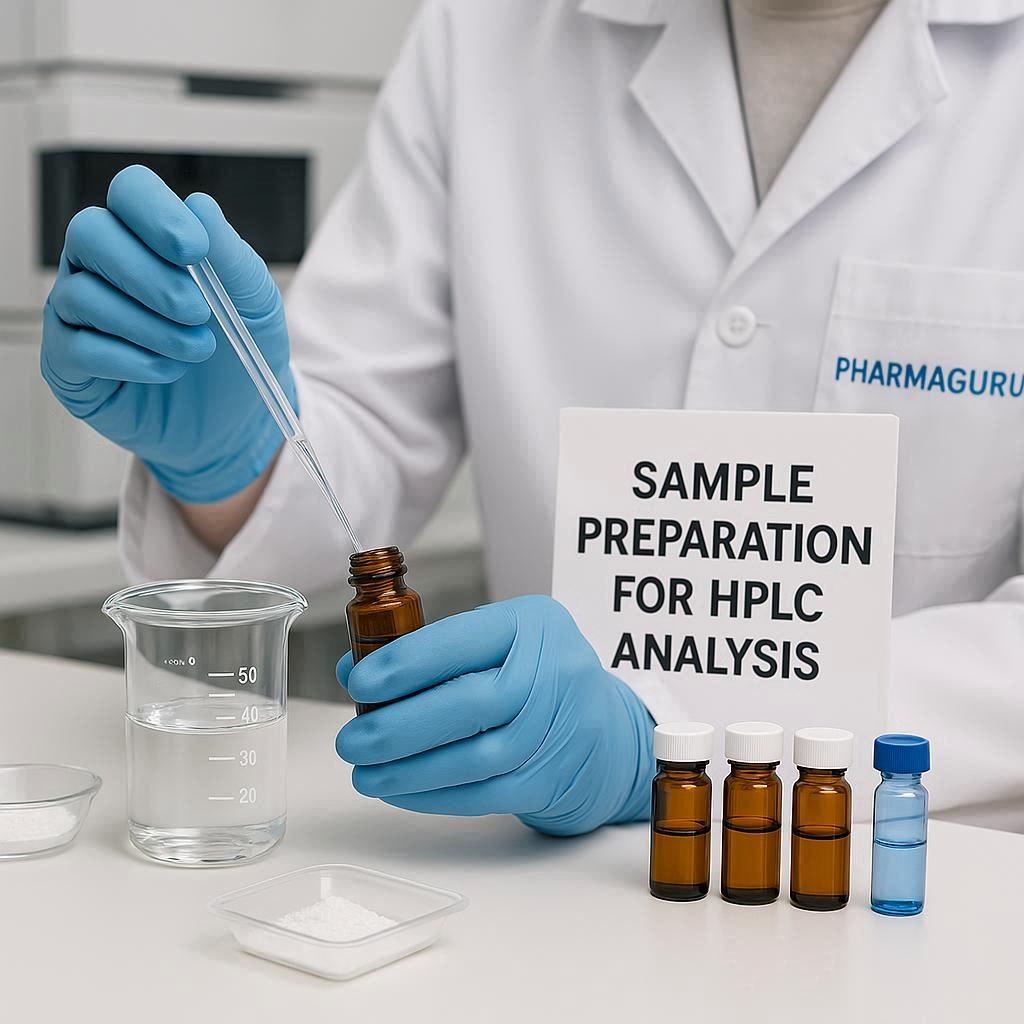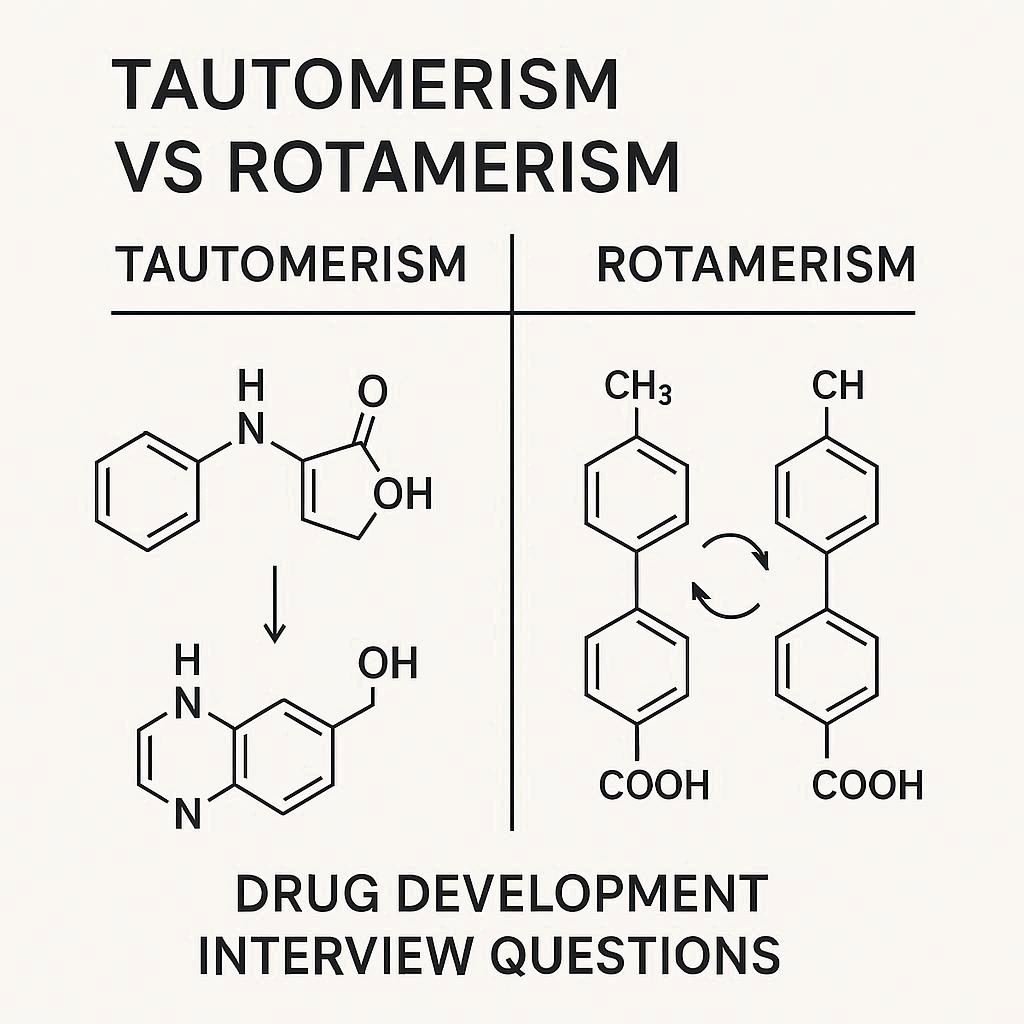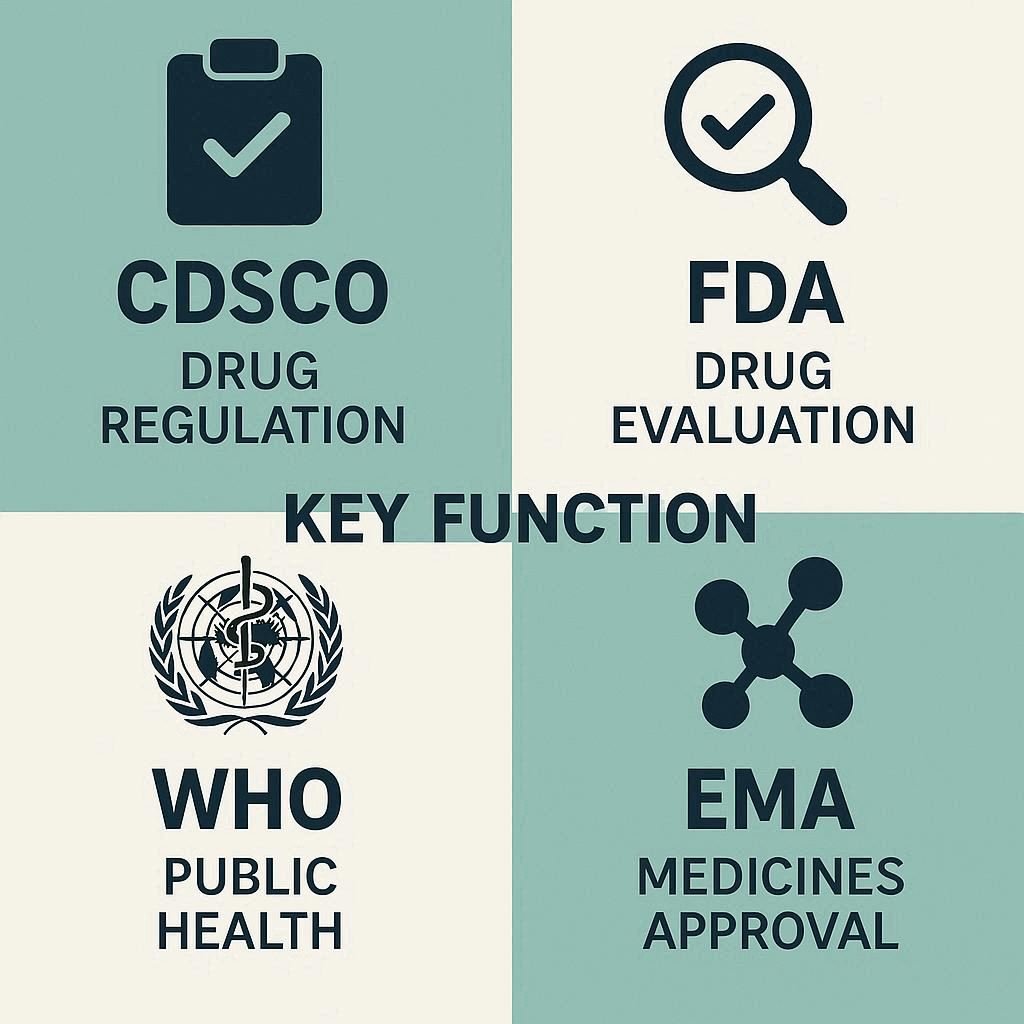
Sample preparation for HPLC analysis involves converting the sample into a clear, soluble solution at an appropriate concentration for injection. Techniques such as sonication, stirring, dissolution, filtration, and solvent extraction are employed to dissolve the sample, remove impurities, simplify complex matrices, and protect the HPLC column. The chosen method depends on the sample matrix, analyte […]
Sample preparation for HPLC analysis involves converting the sample into a clear, soluble solution at an appropriate concentration for injection. Techniques such as sonication, stirring, dissolution, filtration, and solvent extraction are employed to dissolve the sample, remove impurities, simplify complex matrices, and protect the HPLC column. The chosen method depends on the sample matrix, analyte characteristics, and the required analytical sensitivity.
Sample preparation ensures accurate, reliable results by removing impurities, preventing column damage, and making the sample compatible with the HPLC system.
1. Typical steps include:
2. Sample collection
3. Dissolution or dilution
4. Sonication or stirring
5. Filtration
6. Degassing (optional)
7. pH adjustment or derivatisation (if needed)
8. Storage or direct injection
HPLC is used for analysing solids, liquids, and biological samples, including pharmaceuticals, plant extracts, blood plasma, environmental samples, and food products.
Choose a solvent that:
1. Completely dissolves the sample
2. Is compatible with the mobile phase
3. Has low UV absorbance if using UV detection
4. Does not interfere with the analyte or column
UV cut-off refers to the wavelength below which a solvent absorbs strongly. Selecting a solvent with a low UV cut-off avoids background interference in UV detection, ensuring clearer chromatograms.
Sonication helps dissolve solid samples, disperse particles, and remove trapped gases, ensuring a homogenous solution for accurate analysis.
Filtration removes particulates that can clog the column, damage the system, or interfere with analysis, ensuring cleaner, more reliable results.
Sample preparation is essential to remove impurities, prevent column clogging or damage, and ensure the sample is compatible with the HPLC system. Proper preparation improves accuracy, reproducibility, and sensitivity of the analysis.
Typical steps include collecting the sample, dissolving or diluting it in a suitable solvent, sonication or stirring to aid dissolution, filtration to remove particulates, degassing to eliminate dissolved gases, pH adjustment if needed, and storing properly until analysis.
Select a solvent that completely dissolves the analyte, is compatible with the mobile phase, has low UV absorbance if UV detection is used, and does not interfere with the analysis or damage the column.
Filtration using syringe filters (typically 0.22 or 0.45 µm) is the most common method. Solvent extraction and centrifugation may also be used to remove interfering substances and clarify complex samples.
Adjusting the pH can improve analyte solubility, reduce peak tailing, and enhance separation. However, pH must be compatible with the column to avoid damage, so it’s important to choose the right buffer and pH range.
Sonication is used to accelerate the dissolution of solids, break up aggregates, and remove dissolved gases. It helps ensure a homogeneous solution and improves the consistency of injection.
HPLC can analyse solids, liquids, and biological fluids like blood or urine. Complex matrices may require additional cleanup steps (e.g., extraction or derivatisation) to reduce interference and improve detection sensitivity.
You May Like
High-Performance Liquid Chromatography (HPLC) is one of the most widely used analytical techniques in the pharmaceutical industry. But the accuracy and reliability of HPLC results depend heavily on how well your sample is prepared.
In this blog, we’ll walk through the key steps in sample preparation for HPLC analysis to ensure precise, reproducible, and clean chromatographic results.
Sample preparation removes impurities, concentrates analytes, and ensures compatibility with the HPLC system. Poor preparation can result in:
Start by collecting the sample in a clean, chemically compatible container. Ensure it’s handled using proper storage conditions to avoid degradation (e.g., refrigeration or light protection).
Tips:
Dissolve solid samples in a suitable HPLC-grade solvent or dilute liquid samples to the desired concentration.
Consider:
Common solvents: Water, methanol, acetonitrile, buffer solutions (pH-specific)
Filter the solution to remove particulates that could clog the HPLC column or damage the system.
Recommended filters:
Tip: Always filter both sample and mobile phase.
Degas your sample (and mobile phase) to remove dissolved gases that can form bubbles and affect detector sensitivity.
Common methods:
If your sample contains ionizable compounds, adjust the pH to enhance solubility or improve peak shape.
Use: Buffered solutions or dilute acid/base to bring the pH into the desired range.
Caution: Extreme pH values can damage the HPLC column. Always check column compatibility.
Some compounds lack sufficient UV absorbance or fluorescence and require chemical modification (derivatisation) to become detectable.
Types:
Example: Amino acids often require derivatisation for UV detection.
Prepare calibration standards using the same solvent and treatment as your sample. This allows for accurate quantification of analytes.
Tip: Use serial dilution for multiple concentrations and always prepare fresh standards if possible.
Store samples in conditions that preserve stability:
| Step | Description |
|---|---|
| 1. Collection | Obtain and label the sample correctly |
| 2. Dissolution | Dissolve or dilute in suitable solvent |
| 3. Filtration | Remove particulates with syringe filter |
| Optimise solubility and separation | Eliminate air bubbles (optional but helpful) |
| 5. pH Adjustment | 6. Derivatisation |
| 6. Derivatization | Enhance detection if required |
| 7. Standard Prep | Make calibration solutions |
| 8. Storage | Store in proper conditions until analysis |
Taking the time to carefully prepare your sample for HPLC ensures better separation, accurate quantification, and longer column life. Whether you’re analysing pharmaceuticals, food, or biological samples, proper preparation is the foundation of reliable data.
Further Reading


Quick Links